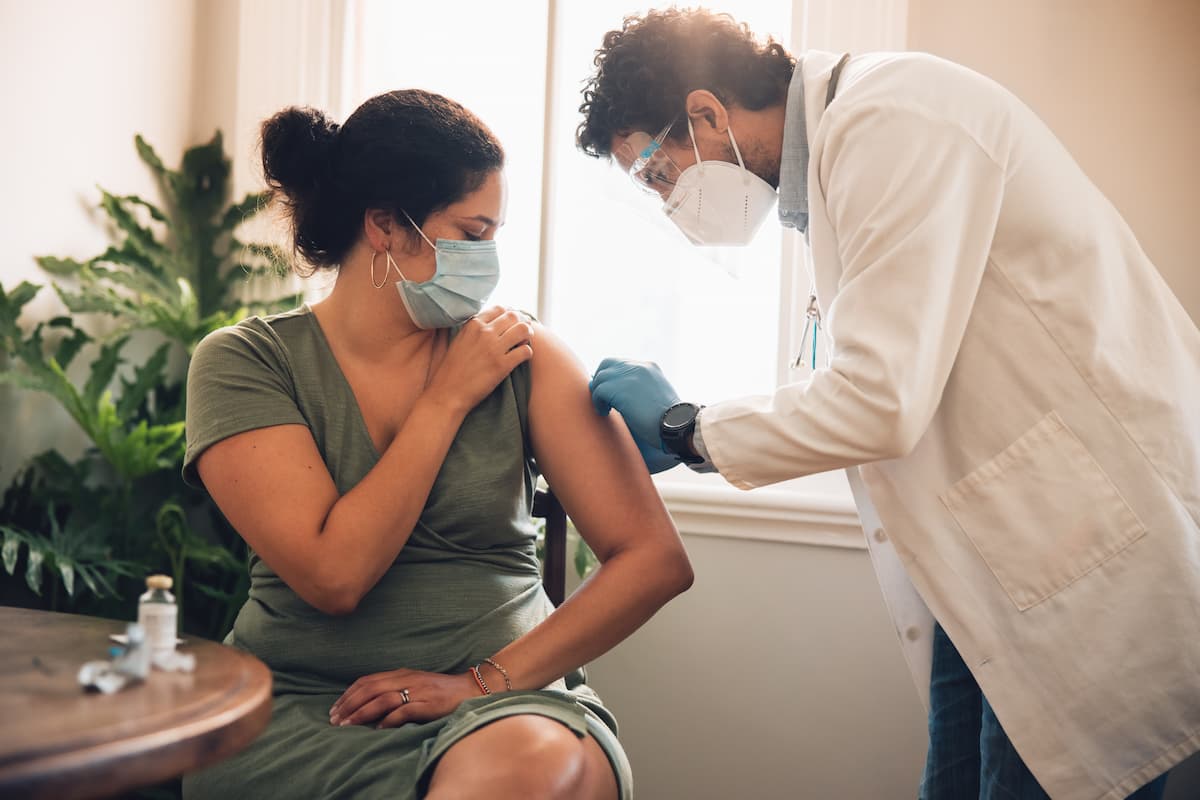News
Article
Ensuring Patient Access to Oncology Care During the COVID-19 Pandemic
Although the treatment of cancer is facing many challenges, the pandemic is also creating massive amounts of new data with which to educate patients, conduct new research, and make more informed clinical decisions.
Experts Ali McBride, PharmD, MS, BCOP, FASHP, FAzPA, clinical coordinator at the University of Arizona Cancer Center, and Bhavesh Shah, RPh, BCOP, senior director of specialty, hematology, and oncology pharmacy at Boston Medical Center Health System (BMCHS), sat down in a Pharmacy Times webinar to discuss ongoing challenges for oncology patients and providers during the coronavirus disease 2019 (COVID-19) pandemic.
Shah said that although his facility has not seen as many inpatient admissions for oncology treatments, most cancer centers have maintained the same capacity they had before the pandemic. He added that screening rates are down, but said it is important to maintain current and newly diagnosed patients with increased safety precautions.
As part of those precautions, Shah said BMCHS requires each patient who walks in the door to undergo screening, which then determines how they are managed. Additionally, patients with a procedure scheduled undergo screening 24 to 48 hours before surgery.
“You need to be able to accommodate patients with COVID in order to get their treatment, because you can’t stop treatment just because they have COVID,” Shah said.
In addition to screening procedures, Shah said social distancing in the clinic has required some creativity. For example, spaces that were previously not in use have been rearranged to accommodate patients and staff, and all medical professionals and staff are educated on best practices.
McBride said the University of Arizona Cancer Center has implemented similar practices. He noted that screening procedures in the ambulatory center are quite different from the inpatient environment. In an ambulatory environment, McBride said the clinical pharmacist may not be able to speak with a caregiver or may have to go through an interpreter, creating more challenges.
“These are all significant changes that have occurred in a facility, and also the level of care across the country,” McBride said.
Patient access may be one of the greatest challenges caused by COVID-19, and Shah said patients are receiving many mixed messages as a result.
“I think one of the challenges that we had, we had seen, was that patients are being told that they need to stay home, and then they have to have these labs done, too, in order to assess for toxicities,” Shah said. “They have to have these things and procedures have to be done. So, it’s all these mixed messages they get.”
When it comes to lab work, Shah said he’s been considering home draws whenever possible, enabled by partnering with a home infusion or home draw company. He emphasized, however, that not all companies will be able to perform complex tests, so providers should make sure they are partnering with the right company for their needs.
When partnering with an outside company for lab work, Shah concluded that electric medical records also need to be optimized to enter that lab information into the system. Working with various community partners is essential to manage patient care during the pandemic, Shah said.
“If they can basically get that done at an outside [location] and you can still maintain the patient on the treatment, you can do a lot of things virtually,” Shah said. “And I think it really kind of goes to developing this virtual health strategy in managing patients in this type of era.”
That virtual approach is perhaps the greatest takeaway from the COVID-19 pandemic, which has resulted in a massive push for telehealth solutions. McBride said telehealth is here to stay, but the major question is whether that service will be reimbursed properly. Although in-person visits are essential for many patients, McBride said a 50% telemedicine and 50% in-person approach could ensure greater access for all patients.
“I think that you would be able to create more access for patients who actually need it, who really urgently need to see a provider, and then there’s patients who just need this maintenance of seeing a provider,” McBride said. “So, I think that really will make the health care system more accessible for patients, but I think we need payer support to do that.”
Both experts concluded that although the treatment of cancer is facing many challenges, the pandemic is also creating massive amounts of new data with which to educate patients, conduct new research, and make more informed clinical decisions.
Newsletter
Stay informed on drug updates, treatment guidelines, and pharmacy practice trends—subscribe to Pharmacy Times for weekly clinical insights.

FDA Grants Full Approval to mRNA-1273 COVID-19 Vaccine in Children At Increased Risk




